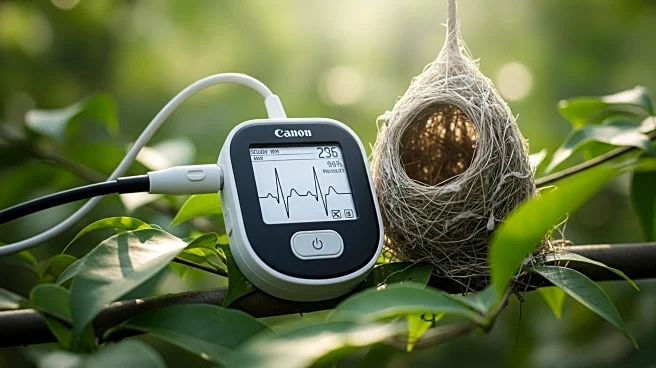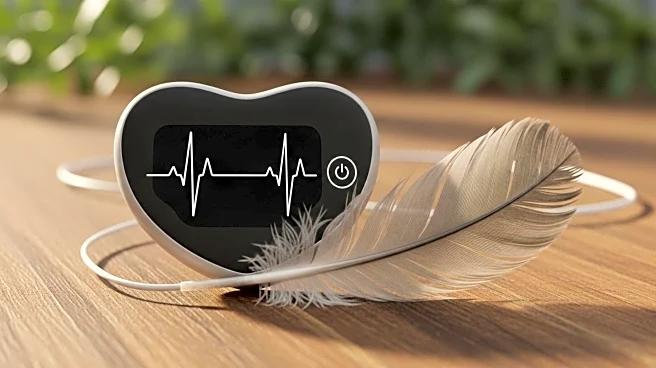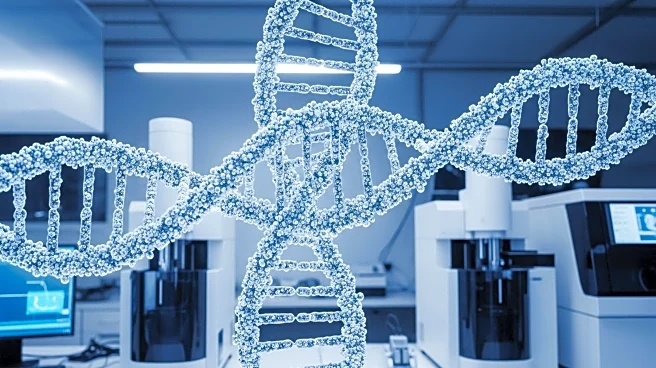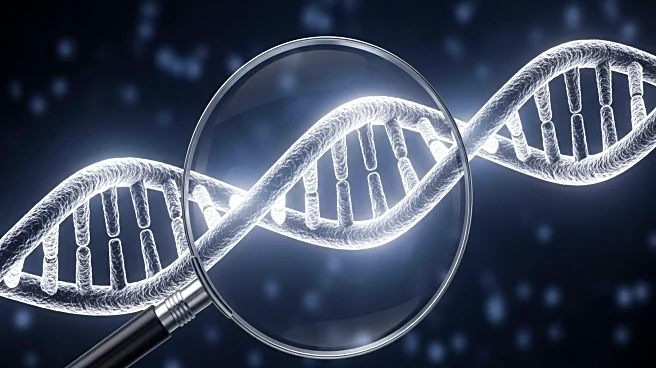What's Happening?
Smithsonian biologists are employing heart-monitoring devices originally designed for humans to study stress levels in animals. These devices help researchers understand how stress impacts animal behavior and survival. The initiative aims to provide insights into the physiological responses of animals under stress, potentially informing conservation strategies and improving animal welfare. David Schechter reports on the innovative use of technology in biological research, highlighting the intersection of human medical advancements and wildlife studies.
Why It's Important?
The application of human heart-monitoring technology in animal research represents a significant advancement in understanding animal physiology and stress responses. This research could lead to improved conservation efforts by identifying stress factors that affect animal populations. The findings may also contribute to enhancing animal welfare in captivity and the wild, as understanding stress responses can inform better management practices. The integration of human medical technology into wildlife research underscores the potential for cross-disciplinary innovations to address ecological challenges.
Beyond the Headlines
The use of human heart-monitoring devices in animal studies raises ethical considerations regarding the treatment and handling of animals during research. It also highlights the potential for technological advancements to bridge gaps between human and animal health studies, fostering a holistic approach to understanding biological systems. Long-term, this research could influence policies on wildlife conservation and management, promoting sustainable practices that prioritize animal welfare and ecological balance.










